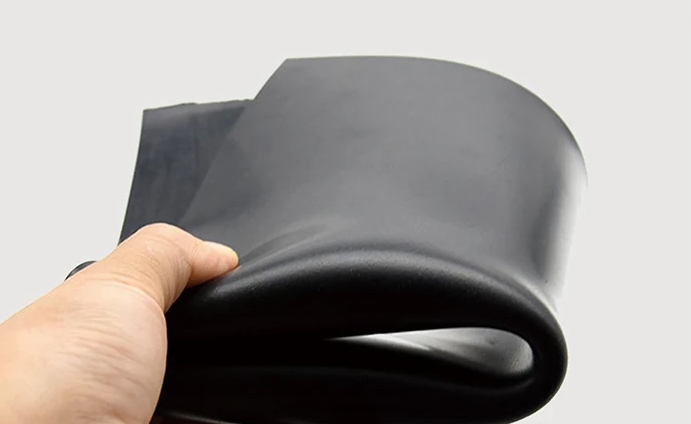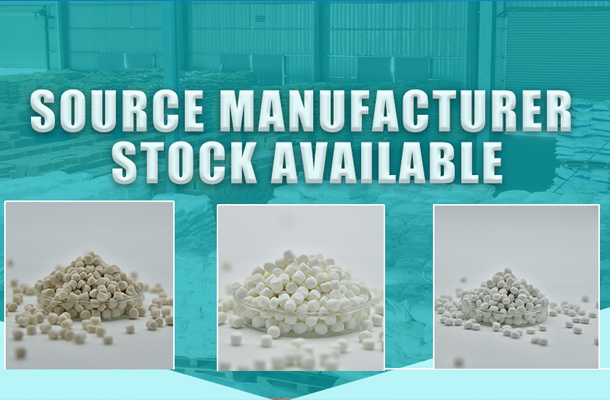EPDM (Ethylene Propylene Diene Monomer) and Silicone Rubber are both synthetic elastomers with distinct properties that make them suitable for different applications. Here's a comparison of their key differences:
1. Chemical Structure:
- EPDM: It is a terpolymer made from ethylene, propylene, and a small amount of diene monomer, which provides the sites for vulcanization or cross-linking. EPDM is a saturated polymer, meaning it has no double bonds in its main chain, contributing to its weathering resistance.
- Silicone Rubber: Composed of silicon, oxygen, and organic groups, typically methyl groups, silicone rubber is a polymeric siloxane. Its backbone consists of alternating silicon and oxygen atoms with organic side groups attached, giving it unique thermal stability and flexibility.
2. Temperature Resistance:
- EPDM: Has good heat resistance, typically able to operate continuously up to around 150°C (302°F) and can withstand short-term exposure to higher temperatures. However, it starts to degrade above this range.
- Silicone Rubber: Offers superior heat resistance, capable of continuous operation at temperatures up to 200°C (392°F) and can withstand brief exposures to even higher temperatures without significant degradation. It also maintains its flexibility at low temperatures, down to -100°C (-148°F).
3. Chemical Resistance:
- EPDM: Exhibits good resistance to water, steam, alkalis, and polar solvents but is not suitable for use with oils, fuels, and non-polar solvents, which can cause swelling or degradation.
- Silicone Rubber: Resistant to a wide range of chemicals including oils, fuels, and many solvents, but may be affected by some concentrated acids and alkalis. It also has excellent resistance to ozone and UV radiation.
4. Electrical Properties:
- EPDM: Has reasonable electrical insulation properties but not as good as silicone rubber.
- Silicone Rubber: Is an excellent insulator, maintaining its electrical properties over a wide temperature range, making it ideal for electrical applications.
5. Applications:
- EPDM: Commonly used in automotive parts (e.g., seals, gaskets, hoses), roofing materials, weatherstripping, and outdoor applications where resistance to weathering and ozone is important.
- Silicone Rubber: Frequently found in cookware, medical devices, high-temperature seals and gaskets, electronics (due to its dielectric properties), and applications requiring both high and low-temperature flexibility.
In summary, while both EPDM and silicone rubber are versatile elastomers, EPDM is typically chosen for its weatherability and cost-effectiveness, whereas silicone rubber is preferred for its broader temperature range, chemical inertness, and superior electrical properties.








